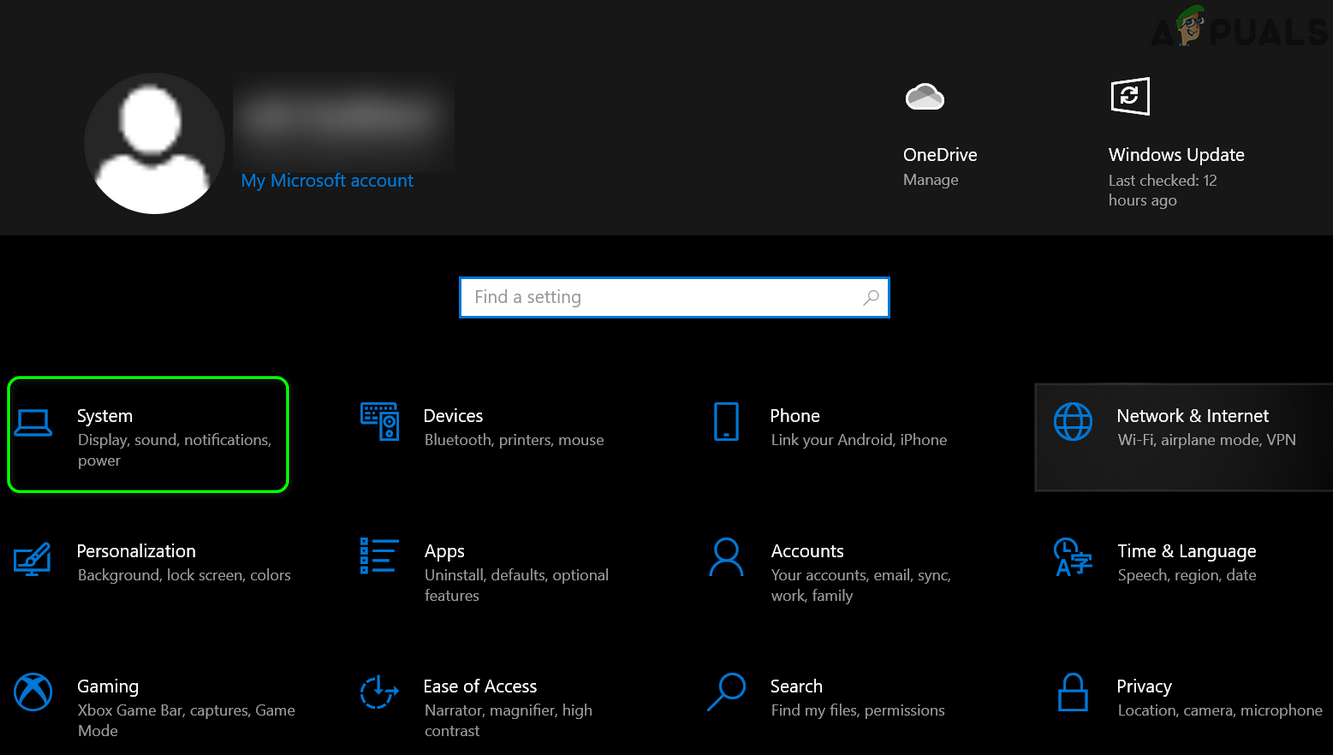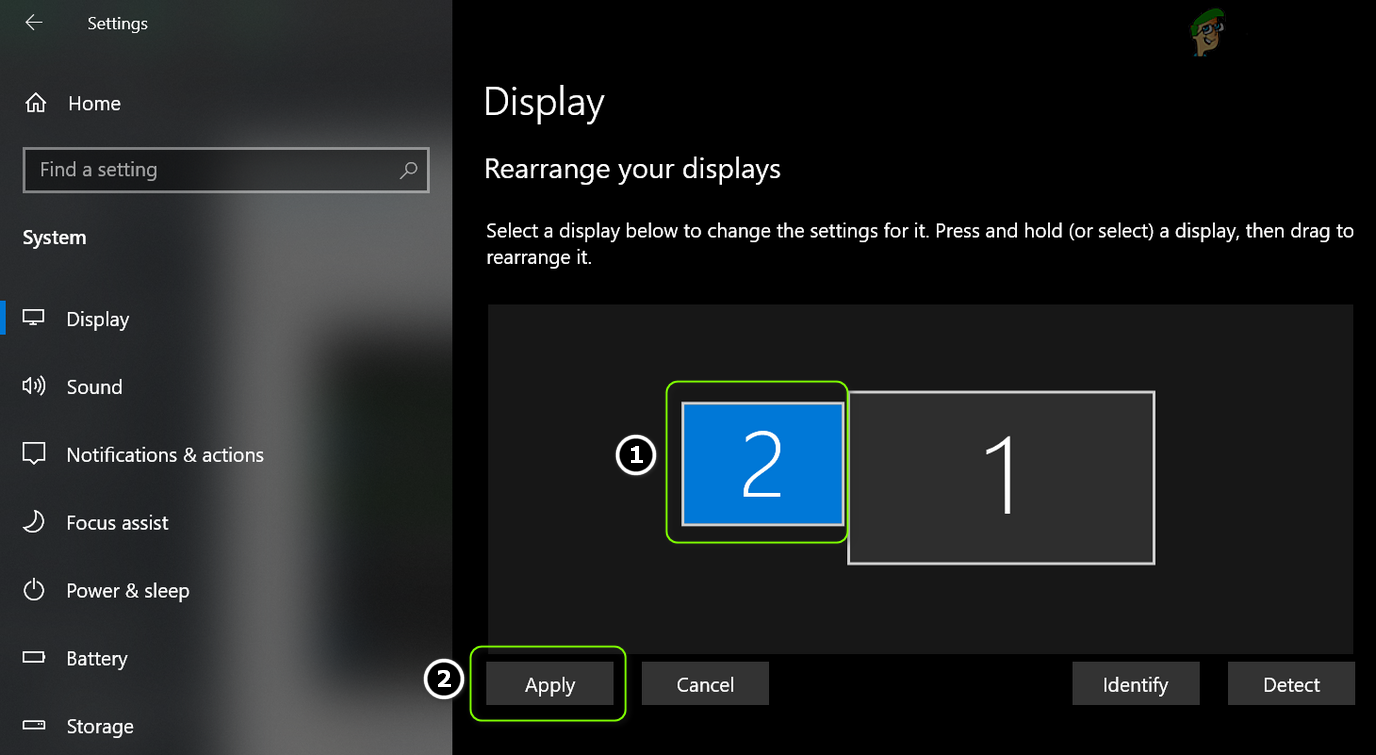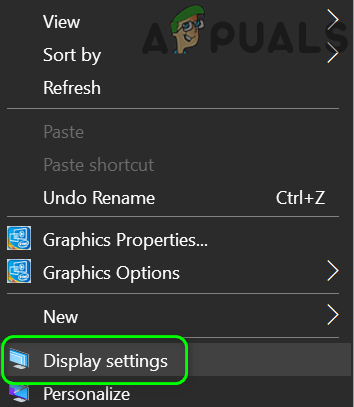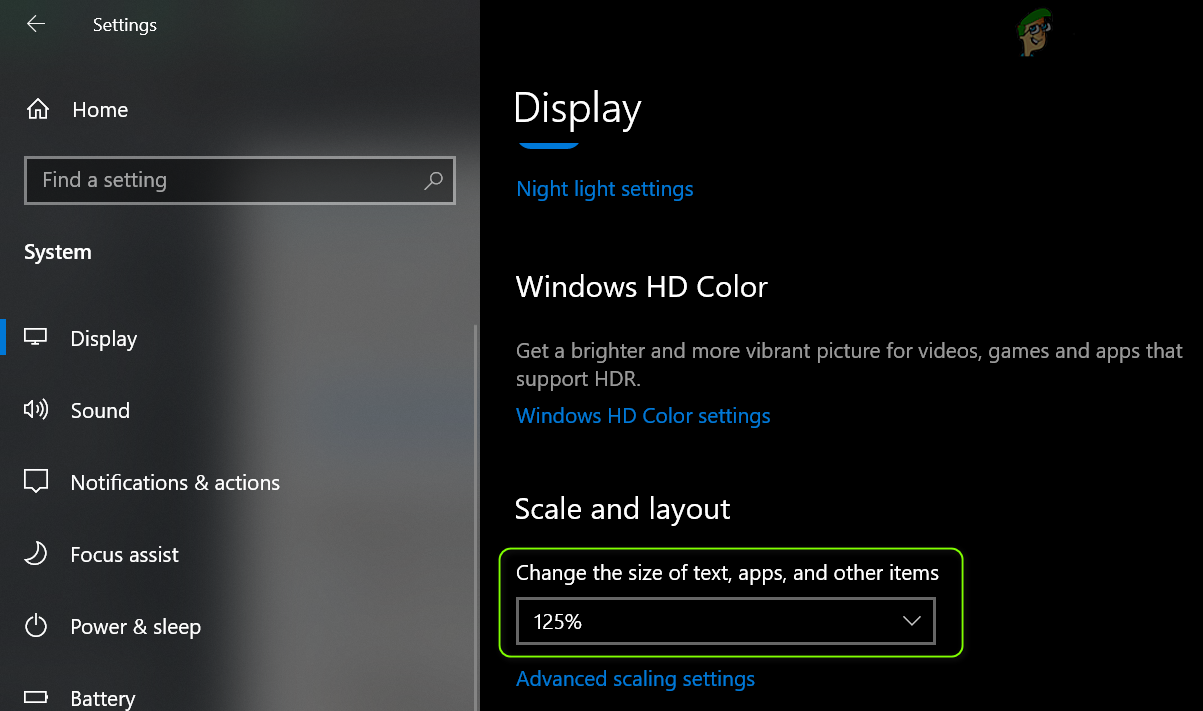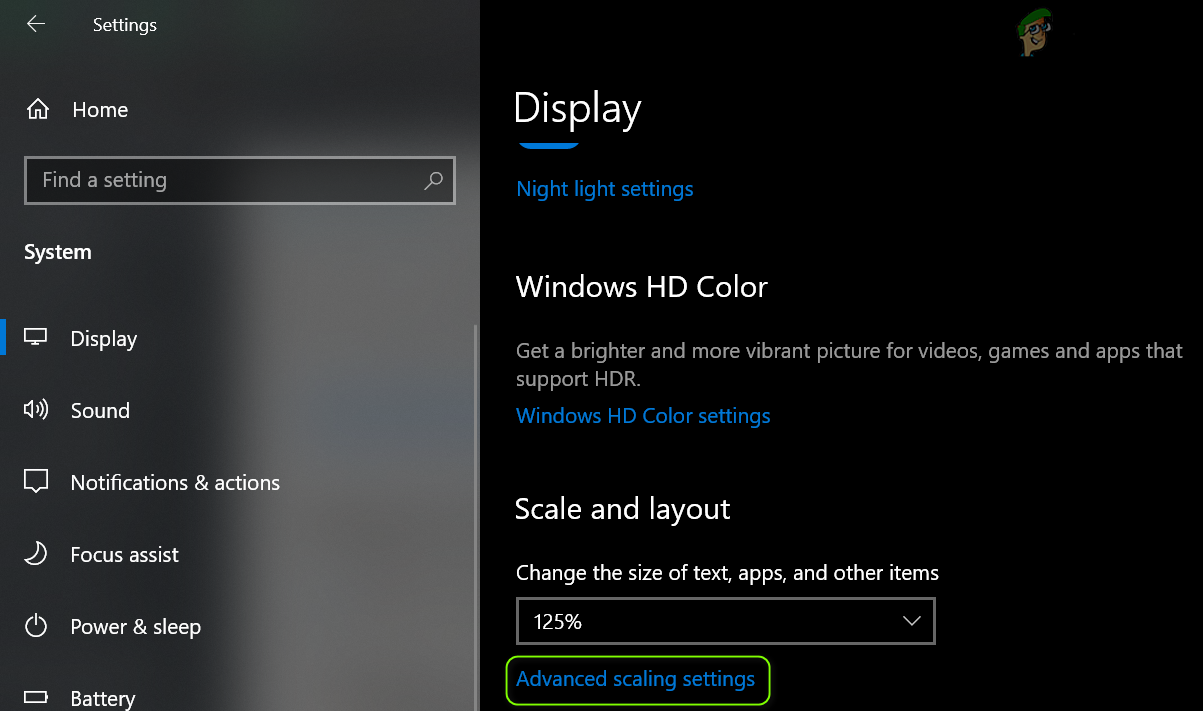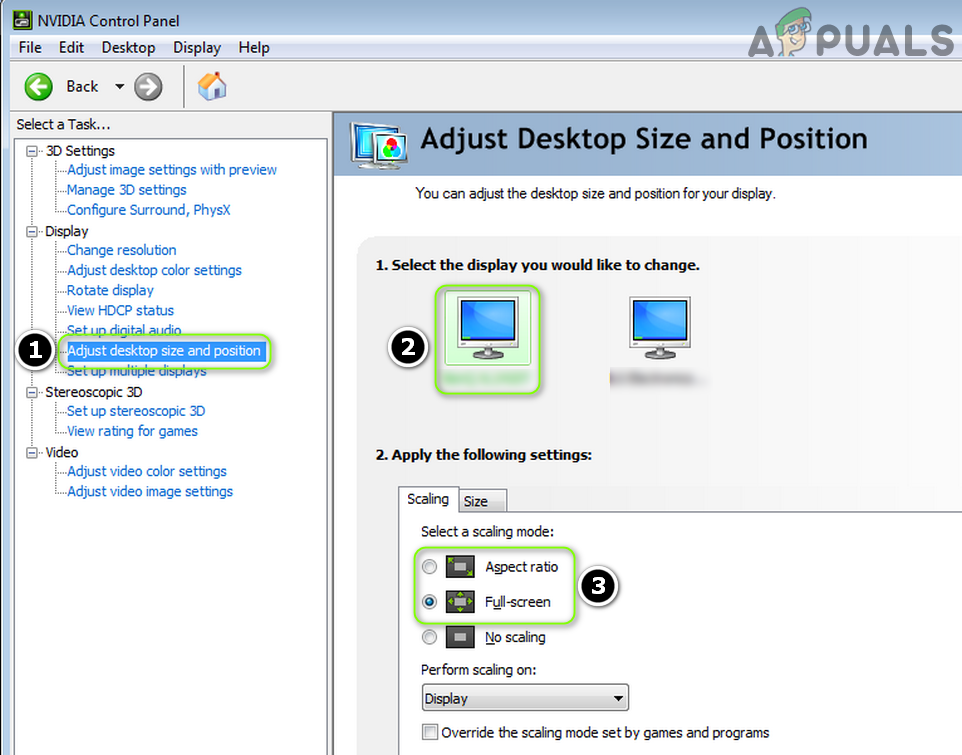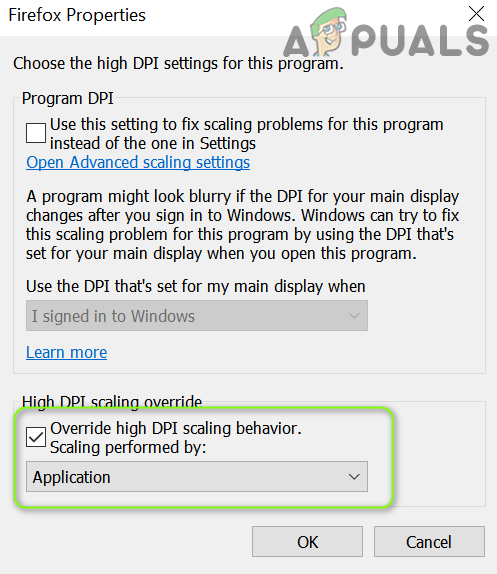Before proceeding, move the Taskbar to a new location (e.g., to the bottom) of your screen to check if it solves the problem. You can also check if using the F11 key in the focused window (or enabling its Menu bar) resolves the issue. Last but not least, remove the other screen from the system and check if the overflow issue is resolved. If so, reboot your PC and then check that the issue does not reappear after connecting to the other screen.
Solution 1: Auto Adjust Your Monitor
The issue at hand could be the result of a misconfiguration of your monitor. In this case, auto-adjusting your monitor may clear the glitch and thus solve the problem. The instructions may slightly differ for some users.
Solution 2: Change the Monitor Order in the Windows Settings
The window overflow issue could be a temporary glitch of the display modules. This glitch may clear if the monitor order in the Windows settings is changed.
Solution 3: Change the Main Display of Your System
The glitch (causing the window overflow issue) may get cleared if the main display of the system is changed as it can force the display modules to re-adjust.
Solution 4: Adjust Scaling of the Display
The window may overflow to the second monitor if the scaling of your monitor is not properly set. In this context, adjusting the scaling of the display may solve the overflow problem. If the issue is still there, then check if using similar scaling (or recommended scaling) for all displays solves the problem.
Solution 5: Use the Graphics Control Panel
The overflow issue can be a result of a misconfiguration of display in the Graphics Control Panel (like Nvidia Control Panel). In this case, editing the relevant settings (e.g., Desktop Resizing or Scaling) in the Graphics Control Panel may solve the problem. For elucidation, we will discuss the process for the Nvidia Control Panel.
Solution 6: Change the Compatibility Settings of the Application
If you are encountering the window overflow issue with some of the applications (for example, Notepad++), then the issue could be cured by changing the compatibility setting (i.e., Change High DPI Settings) of the problematic applications. If the issue persists, then use the system without maximizing the window of any program. Also, you may try the Microsoft PowrToys (by using Fancy Zones) or a 3rd party utility (like WinDivvy) to sort out the window overflow issue.
Fix: Windows opening Programs on Second Monitor instead of Main MonitorEnable or Disable the Focused Inbox in Outlook (WEB)Chinese Manufacturer Muxi to Launch Its Gaming-Focused GPU by 2025Fix: Second Monitor Not Detected


